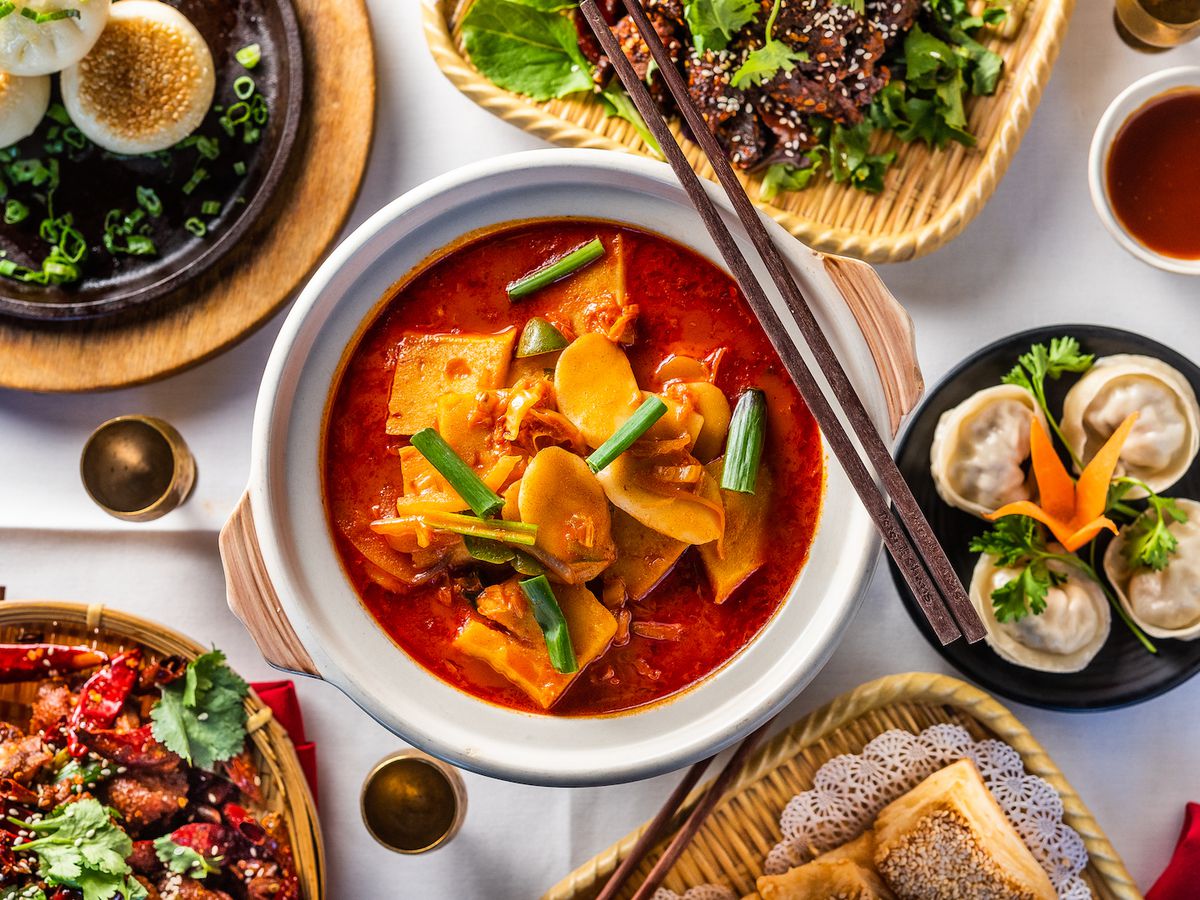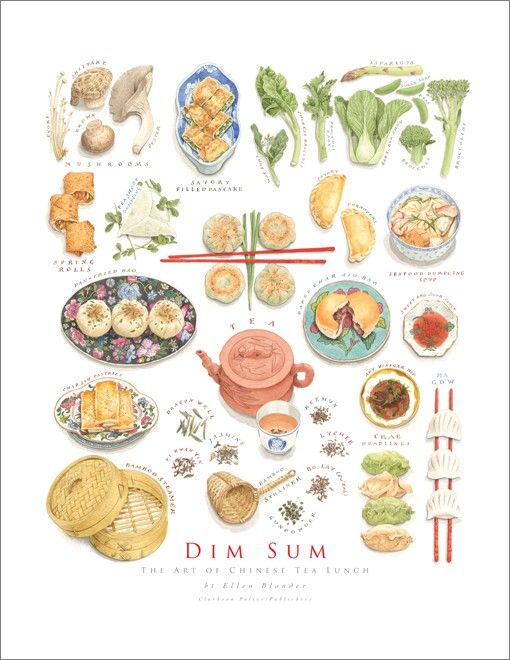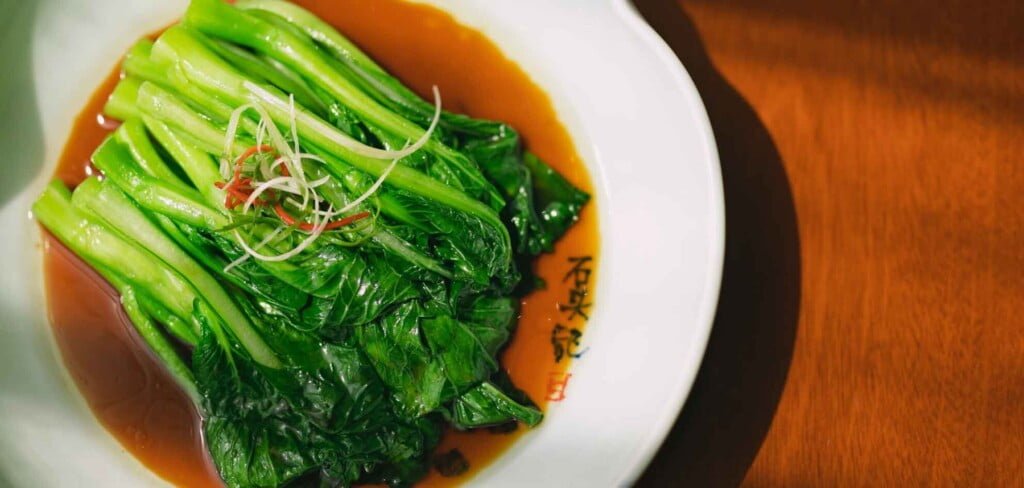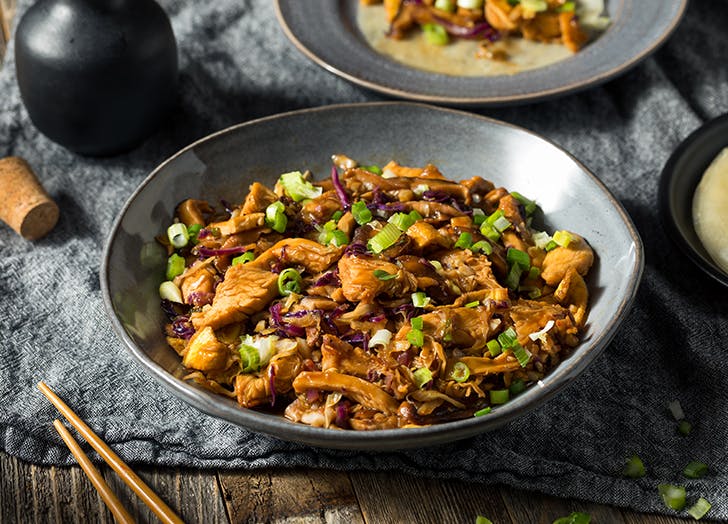In the series of cuisine around the world, Illume chose China to kick off this delectable topic. People usually concern about the nutritional value of dishes in different countries. Some may appear appetizing, but are they healthy to consume? China is a well-known tourist destination, not only with its breathtaking landscapes, but also with its flavorful cuisine. Read on to understand the nutritional value of Chinese cuisine.

Some claim that Chinese foods are soaked in oil and fat, or that they are too spicy to eat. Is it healthy to eat foods with such high fat content? So, let us uncover the truth regarding traditional Chinese cuisine.
Traditional Chinese cuisine includes multiple nutritious elements, mainly plant-based ingredients, with minimal meat.
According to Lan Tan, owner of a Chinese culinary school in Durham, New York, over many centuries, due to natural, economic, and social conditions, the traditional Chinese cuisine has mostly centered around vegetables, rice, and soybeans with meat serving as a side dish.
“Until my mother came to visit me from Taiwan, I forgot how nutritious Chinese food is,” Tan remarked. “She used only 150g of meat to serve six people.”
In fact, “The traditional Chinese meal is very healthy,” stated Professor T. Collin Campbell of Cornell University’s Department of Nutrition in Ithaca, New York.

Professor Campbell is the director of the Cornell – China – Oxford collaborative project on Nutrition, Health, and Environment. He has been tracking and studying the eating habits of residents in 100 villages in rural China since the early 1980s
Meat accounts for barely 20% of the Chinese diet, according to Campbell’s research. As a result, the antioxidants and phytonutrients in their traditional dishes are high.
In rural China, the number of individuals suffering from incurable diseases such as breast, colon, and rectal cancer is significantly lower than in the United States, where meat is the major source of protein. The prevalence of type 2 diabetes is relatively low.
So, what exactly does a traditional Chinese meal consist of? Shiny Qin, an accountant in New York, recalls her childhood in a village near Shanghai: “A new day usually starts with a bowl of rice porridge. At lunch, we have veggie rice with a little meat to add flavor. Dinner will consist of four major dishes. One of them must contain green vegetables, tomatoes, or sweet potatoes, while the other would have tofu and some pork or beef.”

The Chinese way of sautéing cooked vegetables, which is also popular in Vietnam, helps in the retention of vitamins, fiber, and minerals. In the case of steamed veggies, keep the vegetables cooked just long enough to prevent nutritional loss.
Sauteing veggies is an excellent way to mix meat with a range of nutritious vegetables such as bell peppers or bean sprouts. Meat should only make up a tiny portion of stir-fried dishes.
This method is not just used for stir-fried veggies; for example, with yogurt, you can add fruit to enrich the flavor, or you can chop carrots, onions, mushrooms, or beans into sauces, or you can simply add green leaves to sandwiches to add nutrition and flavor to meals.
In China, fresh fruit is typically served at the end of each meal. Fruits are low in calories and high in fiber, folic acid, and vitamins A and C, all of which aid in the prevention of many illnesses.
Traditional Chinese cuisine is simple to follow.
“The closer you get to a frugal, plant-based diet, the more you’ll benefit,” says Professor Campbell.


